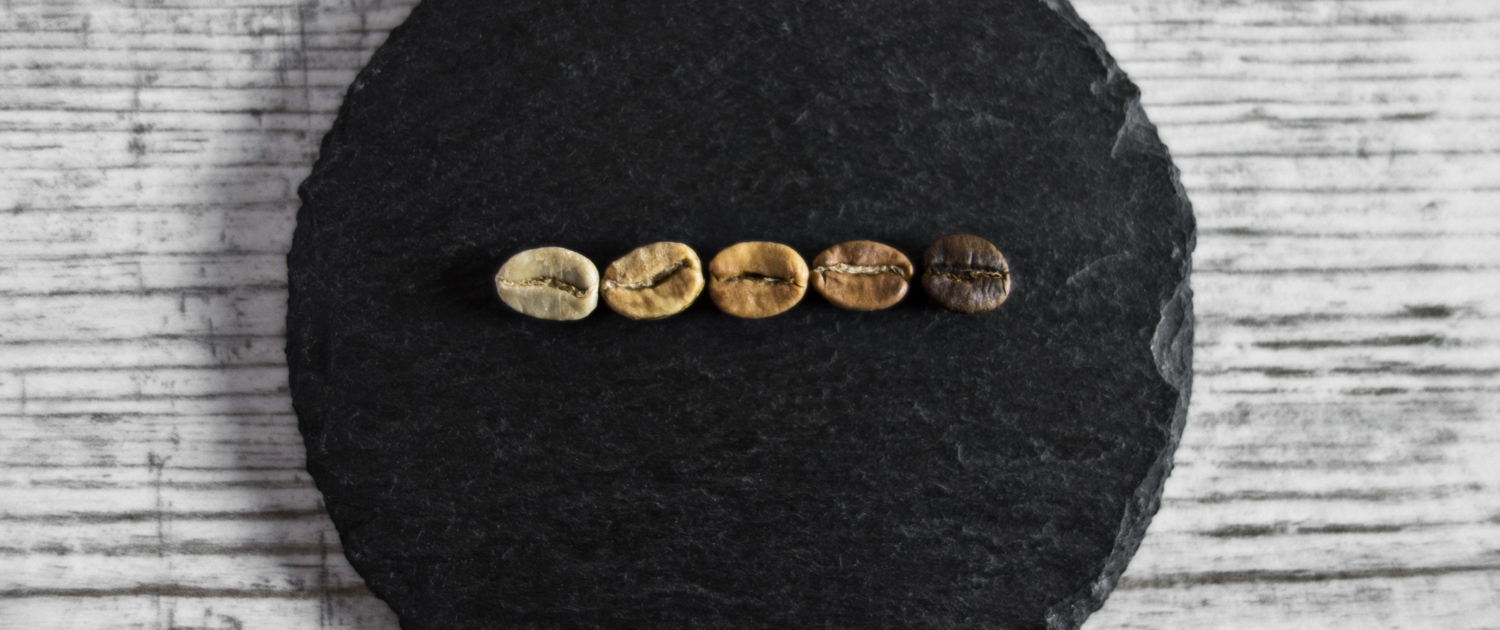Coffee Roast Levels
– The Differences Between Light, Medium and Dark Roasts –
You can literally find and drink coffee everywhere in the world these days.
In fact, coffee is one of the most popular beverages worldwide.
The energizing dark liquid does not only taste great in all of its creative varieties.
It also comes with a lot of useful health benefits for us. Many coffee enthusiasts even say that it makes us happier and live longer.
But, what exactly does make coffee so unique, diverse and popular?
Surely, one of the most important and interesting steps is the process of roasting.
At the end of the day, making coffee is all about paying attention to small details at different stages. Eventually, all of these little steps will add up to the final outcome.
From growing to harvesting. And, from drying to roasting, brewing and consuming.
Each one of these separate stages requires great attention. If you want to be passionate about quality, flavor and aroma.
There is a vast array of coffee choices in various regards for you to explore out there. Choosing your preferred coffee roast levels is certainly one very essential decision.
Here is everything you need to know about the different coffee roast levels.
In this article, we will explore the differences between light, medium and dark roast. On top, we highlight the characteristics all of three main coffee roast levels.
Let’s get started!
Why do we actually roast?
Naturally, coffee beans are seeds that have matured in a coffee cherry.
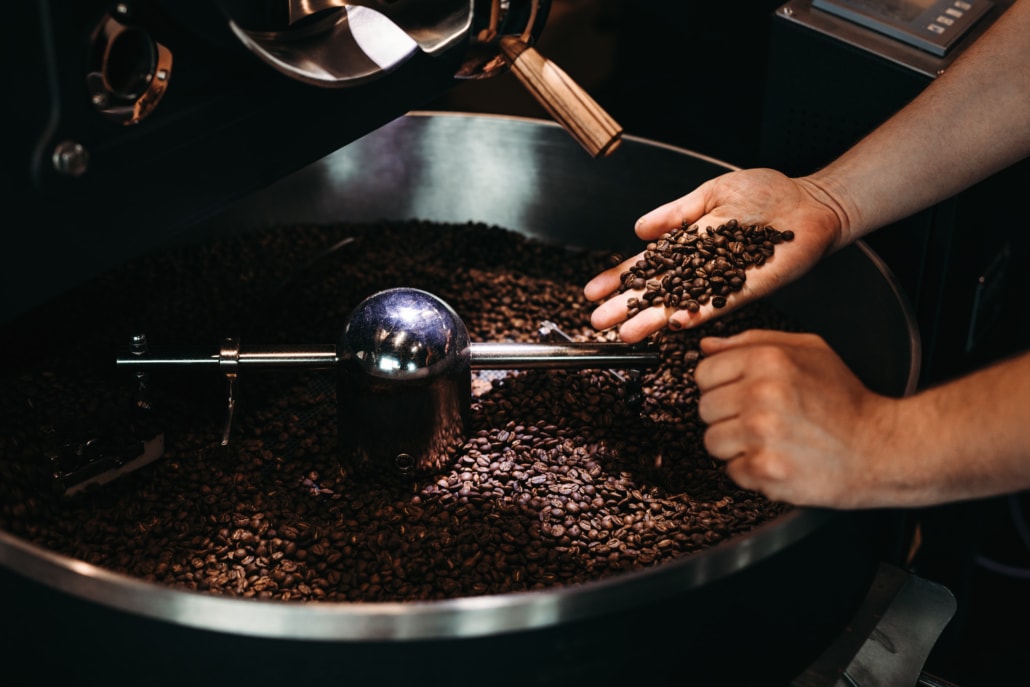
Next, farmers will harvest, process and dry them to eventually become the coffee beans as we know them.
Before the roasting and choosing our preferred coffee roast levels. Our coffee beans are naturally green in color. And, they do commonly have a beany and grassy aroma.
Actually, green coffee beans do not smell like regular coffee at all.
When we roast our coffee, we can develop up to a thousand different aroma compounds. Essentially, these compounds make the characteristic coffee flavors we all appreciate.
Furthermore, with roast profiling, we can actually affect the existence of these aroma compounds in coffee. As a result, we can actively influence and determine our wanted coffee flavor.
What is the coffee roasting process?
In short, coffee roasting is the process of heating the coffee cherry seeds. It means that we are transforming our coffee beans from green to brown.
Overall, there are different ways to make this happen. Each one of these specific roasting methods will directly affect the final coffee flavor profile.
Furthermore, when it comes to coffee roasting, there are three main stages. These include the drying stage, browning stage. And lastly, there is the development or roasting stage.
We will have a quick look at each one of them. This will eventually also take us to the corresponding coffee roast levels.
Roasting Stages
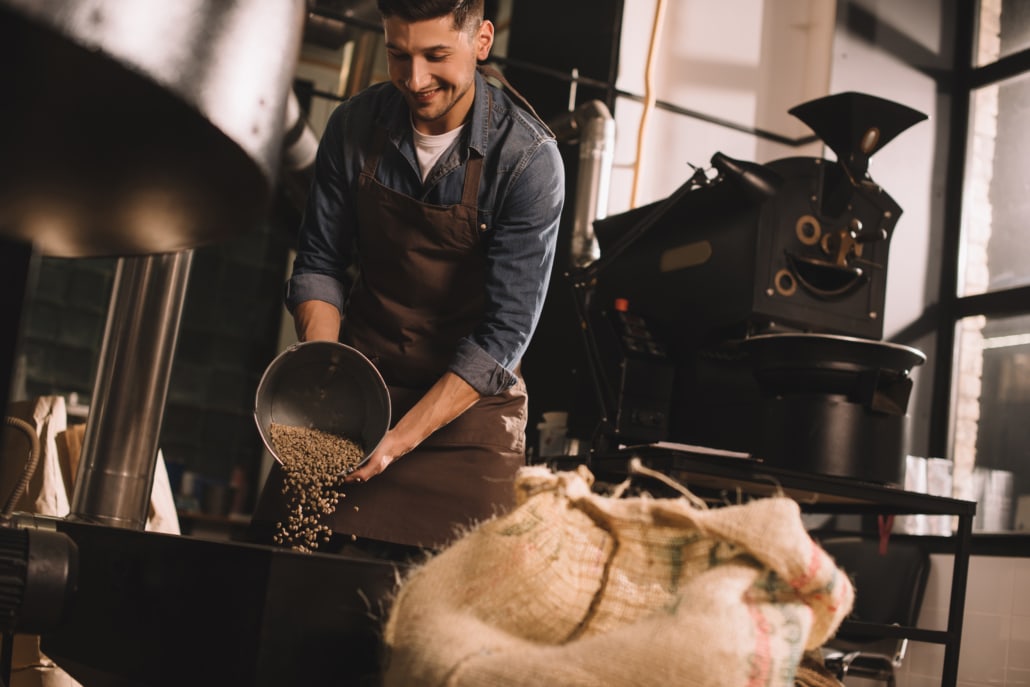
-
Drying Stage
Typically, the coffee bean has an average humidity of 8 to 12%.
So, before we can start with the actual roasting process. We will need to dry our coffee beans, first.
Normally, the entire process of the drying stage lasts around 4 to 8 minutes. Most coffee roasters use the traditional drum roaster.
The average temperature in the end of the drying stage is usually 160 degrees of Celcius.
Moreover, especially with drum roasters you will need to be careful. Ideally, you do not want to burn the beans by having too much heat in the start.
Additionally, the drying stage is also important out of another reason.
It is crucial for collecting energy for the beans. Because, the last stage of roasting is exothermic, meaning that it is heat producing.
-
Browning Stage
Once the roasting process has reached the 160 degrees of Celcius, the coffee will start smelling like toasted bread and hay.
This is the point when the aroma precursors are beginning to convert to aroma compounds.
Despite the browning stage coming after the drying stage. Actually, the drying still continues and takes place during the browning stage as well.
Right at the beginning of the browning stage is the so-called Maillard reaction starting. It is mainly responsible for the coffee bean browning.
In short, this is what happens during the Maillard reaction.
The process describes a chemical reaction between amino acids and reducing sugar. This eventually gives browned food it distinctive flavor.
Regarding our browned food, coffee, the chemical reaction is making hundreds of different aroma and color compounds. These are commonly known as melanoidins.
Furthermore, this is also the point of stage, where the roast naturally slows down.
In fact, some roastmasters even favor when it is slowing down. They want it to happen. Because, it helps them to better ensure and control the overall flavor development.
At the end of the browning stage, your coffee will start to ‘pop’. This is widely known as the ‘first crack’.
-
Development or Roasting Stage
The beginning of the development stage marks the point when the reaction is becoming exothermic. We have mentioned it before already. The coffee beans are continuously starting to crack, now.
Before and during the drying and browning stage, the beans were collecting energy. As a result, all of the stored energy is ‘exploding’ at this point.
Moreover, the development stage is the time when our desired and targeted aroma compounds are gradually developing.
This is also why it is important to slow down the roast during the development stage.
Otherwise, we can easily get coffee we will not like. It may become ‘smoky tasting’. And, the flavor may potentially be ‘too sharp’.
Overall, the length of the development is typically 15 to 25% of the total roast time. It also depends on the wanted flavor profile. And, the coffee roast levels or degrees we are aiming for.
Coffee Roast Levels or Degrees
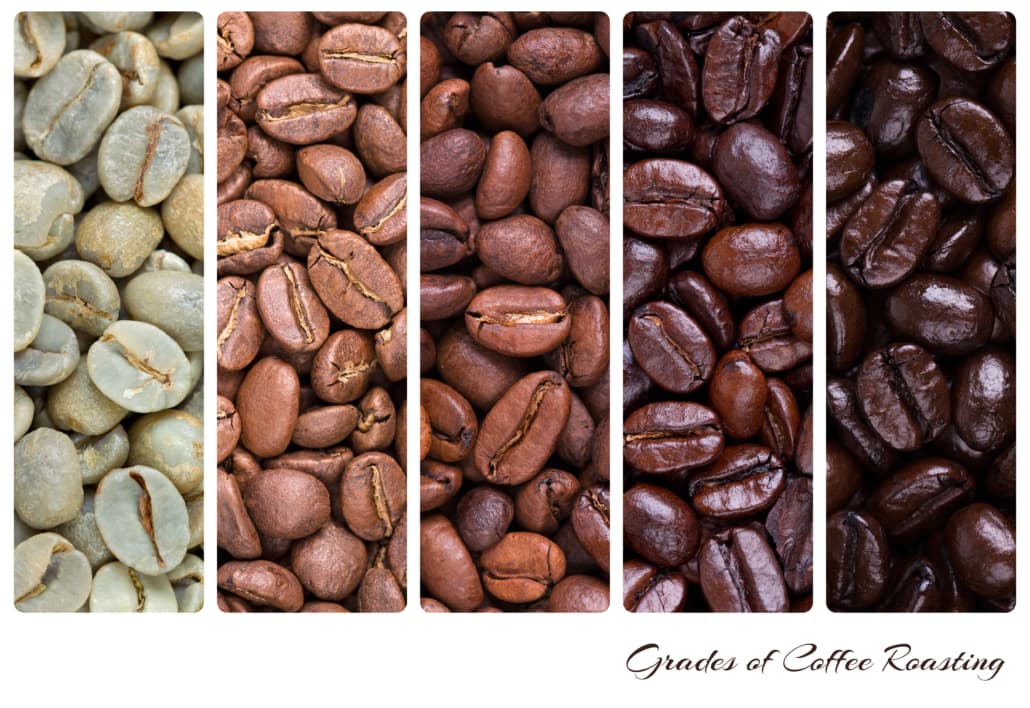
-
What is Light Roast?
Generally, coffee beans of this roast degree have a lighter shade of brown.
They retain and still continue to have more of the brighter coffee bean flavors.
As a result, light roasts are often higher in acidity. In addition, light roasts typically come with lower mouth feels.
Furthermore, they contain more pronounced fruit and nut flavors, if the selected coffee variety has these to offer.
As mentioned already, light roast coffee is usually a light brown color. And, it typically has no oils on the surface of the beans.
These coffees usually have a crisp acidity, a mellow body, and bright flavors.
Overall, light roast coffees are roasted in order to preserve the unique characteristics of the specific coffee bean type itself.
As long as the beans were well grown, processed and professionally roasted. They can very much produce a very wide variety of flavors, aromas, aftertastes and beyond.
Out of all coffee roast levels, especially the specialty coffee industry loves to work with light roasting.
This is due to the ability to bring more vibrant, unique flavors out of coffees.
To sum up, light roasting has the ability to highlight the unique characteristics of a coffee’s origin more than any other roast degree or style.
-
What is Medium Roast?
Typically, medium roast coffee has brown color. The beans will have a darker shade of brown compared to light roast.
In addition, the beans rarely have an oily surface. And, these coffees have a medium acidity and body. As well as a generally rounded flavor profile.
When roasting to the medium degree, the coffee will usually still preserve many of the unique flavors of the coffee’s origin.
But, the beans also simultaneously reach into the deep caramel sweetness of a longer roast.
As the result, coffee makers describe medium roasted beans to be balanced and well-rounded in terms of body and acidity. On top, they are commonly slightly darker and sweeter.
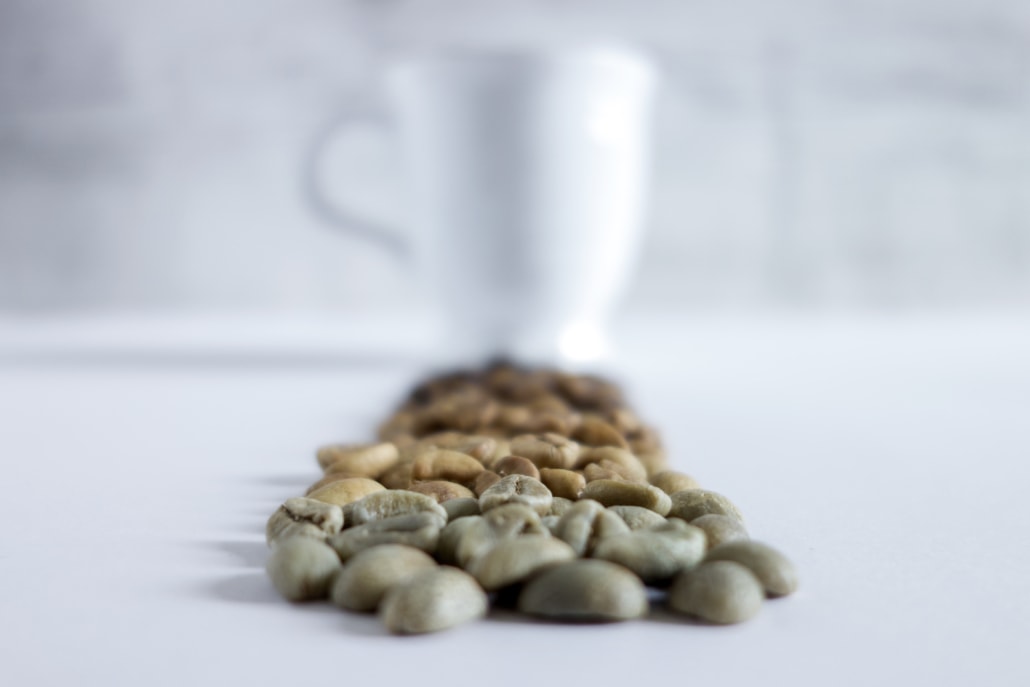
In summary, some of the brightest notes of a light roast may be eliminated and lost. However, this will be exchanged and compensated with an extra flavor and aroma balance.
Again, specialty coffee roasters also love to work with medium roasts.
Because, they are more approachable than light roasts to the average coffee drinker.
Overall, medium coffees are less acidic and intense. But at the same time, they can still showcase a coffee’s natural flavor profile.
Lastly, medium roasts also feature a spectrum of coffee roast levels within their own degree or category. These would be called medium-light to medium-dark.
-
What is Dark Roast?
Typically, dark roasted coffees have a dark brown color.
Often, they also have an oily surface. In addition, these coffees commonly have a low acidity and heavy body. They tend to reveal deeper and darker flavors.
When you are roasting your coffee beans to this level. The beans tend to not have many of their original characteristics left.
But, this doesn’t automatically mean that they become bland, boring and flavorless.
In fact, some coffee varieties really come to life once they reach the dark coffee roast levels. Then, they may develop chocolatey, nutty and caramel flavors.
Overall, one can say that the difference between light and dark roast coffee is quite dramatic and significant.
If you want to experience the difference and compare yourself. I recommend trying light and a dark coffee side by side. This way you can really taste the particular differences.
Dark coffees are roasted to a higher temperature. Usually, beyond the ‘second crack’ stage as well.
For quite a long time, dark roast coffee was the major player on the coffee market. This was largely the case because the overall coffee quality was not always great in the past.
Hence, roasters would often ‘roast away’ less desirable flavors of low grade coffee. In the hope to find deeper, more uniform and more approachable flavor profiles at higher coffee roast levels.
Today, this coffee roasting strategy is no longer necessary.
Specialty coffee has never been more available to roasters these days. Now, you are not aiming to ‘roast away’ bad flavors anymore.
Your goal is to explore and highlight these deeper, darker pleasant flavor notes, if a particular coffee potentially features them.
In general, dark roast coffee can reach roast temperatures around 225 degrees of Celcius. Other names include Full City and Vienna Roast.
Other Coffee Roast Levels
When it comes to dark coffee roast levels, there are also a few other well-known sub-roast levels.
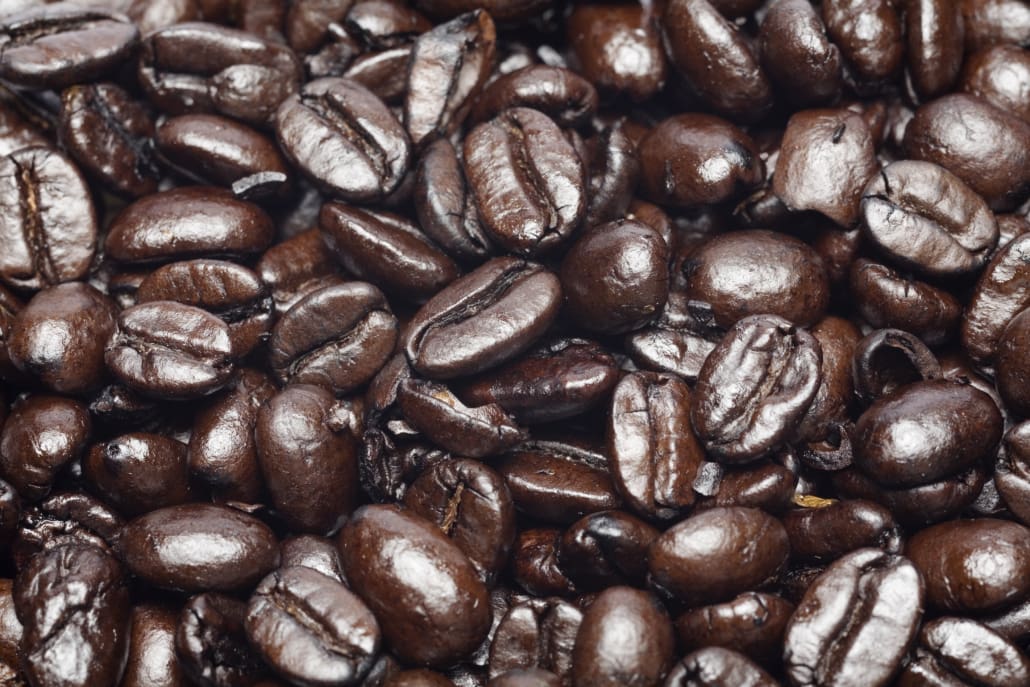
These include French Roast, Italian Roast and Continental Roast. Others are Espresso Roast, New Orleans Roast and many more.
Overall, all of these coffee roast levels are literally darker than dark. The coffee beans are usually black as night. And, they are very oily on their surfaces as well.
Furthermore, none of the coffee roasted to these levels will have any characteristics of their origin left. Honestly, they will mostly just taste like burned, ashy coffee.
This is why most specialty roasters would never roast their expensive, carefully chosen beans this dark. It’s simply a waste of excellent tasting coffee.
However, there are also some good brands of very dark coffee roast levels out there.
The Bottom Line – Coffee Roast Levels
In general, the process of roasting and determining coffee roast levels is a very important part of the entire coffee making process.
Essentially, the coffee roasting increases the solubility of the coffee.
This means that flavors are easier to extract from the beans. As a result, it allows the beans to develop better.
Simultaneously, it is also the stage that gives aroma to the coffee.
Roasting coffee and precisely mastering coffee roast levels is certainly not an easy task. It takes passion and vigilance. Even the smallest change can result in a ruined coffee batch.
As a professional roaster, you need to be extremely diligent during the entire process. You need to make sure to roast the coffee beans to the specific degree and coffee roast levels.
This will bring out the best from the coffee beans.
So, how about you?
Do you have any experience about roasting coffee yourself maybe? Which of the coffee roast levels do you personally prefer yourself?
Is it either light, medium or dark roast for you? Are there any other important points or topics we should mention when it comes to coffee roast levels?
Feel free to share your coffee experiences with us.
Until then, stay safe, healthy and properly caffeinated.
Cheers!
Related Posts
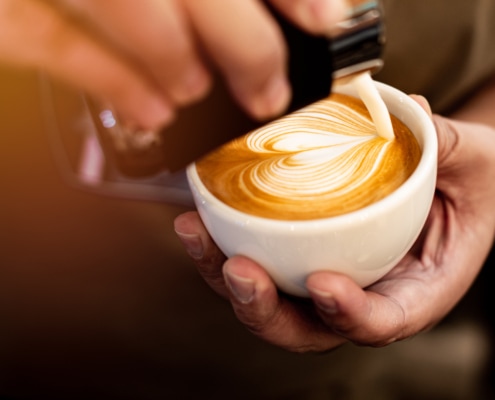 https://www.siamhillscoffee.com/wp-content/uploads/Is-Latte-Art-Good-or-Bad-–-Does-Latte-Art-Make-our-Coffee-Better-or-Worse-–-1.jpg
1412
2122
Siamhillscoffee
https://www.siamhillscoffee.com/wp-content/uploads/coffee-logo.png
Siamhillscoffee2021-04-25 10:57:092021-04-25 11:02:29Is Latte Art Good or Bad? – Does Latte Art Make our Coffee Better or Worse? –
https://www.siamhillscoffee.com/wp-content/uploads/Is-Latte-Art-Good-or-Bad-–-Does-Latte-Art-Make-our-Coffee-Better-or-Worse-–-1.jpg
1412
2122
Siamhillscoffee
https://www.siamhillscoffee.com/wp-content/uploads/coffee-logo.png
Siamhillscoffee2021-04-25 10:57:092021-04-25 11:02:29Is Latte Art Good or Bad? – Does Latte Art Make our Coffee Better or Worse? –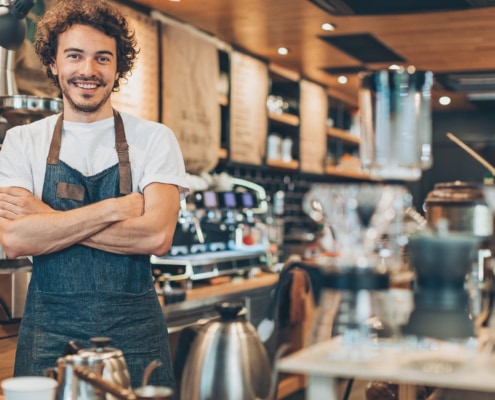 https://www.siamhillscoffee.com/wp-content/uploads/How-To-Open-A-Coffee-Shop-The-Coffee-Shop-Equipment-List-You-Need-1.jpg
1414
2121
Siamhillscoffee
https://www.siamhillscoffee.com/wp-content/uploads/coffee-logo.png
Siamhillscoffee2021-03-21 04:08:192021-03-21 04:08:19How To Open A Coffee Shop – The Coffee Shop Equipment List You Need
https://www.siamhillscoffee.com/wp-content/uploads/How-To-Open-A-Coffee-Shop-The-Coffee-Shop-Equipment-List-You-Need-1.jpg
1414
2121
Siamhillscoffee
https://www.siamhillscoffee.com/wp-content/uploads/coffee-logo.png
Siamhillscoffee2021-03-21 04:08:192021-03-21 04:08:19How To Open A Coffee Shop – The Coffee Shop Equipment List You Need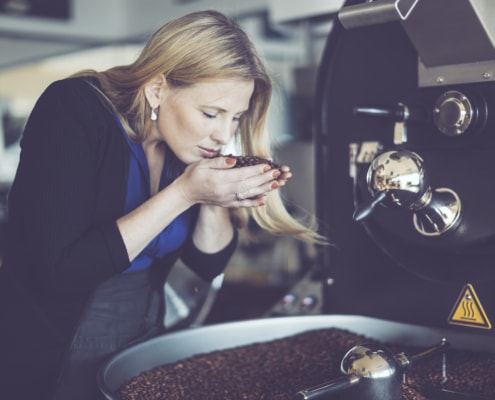 https://www.siamhillscoffee.com/wp-content/uploads/What-is-Coffee-Roasting-–-Everything-You-Need-to-Know-–-1.jpg
1414
2121
Siamhillscoffee
https://www.siamhillscoffee.com/wp-content/uploads/coffee-logo.png
Siamhillscoffee2021-02-20 05:19:592021-03-03 10:49:15What is Coffee Roasting? – Everything You Need to Know –
https://www.siamhillscoffee.com/wp-content/uploads/What-is-Coffee-Roasting-–-Everything-You-Need-to-Know-–-1.jpg
1414
2121
Siamhillscoffee
https://www.siamhillscoffee.com/wp-content/uploads/coffee-logo.png
Siamhillscoffee2021-02-20 05:19:592021-03-03 10:49:15What is Coffee Roasting? – Everything You Need to Know –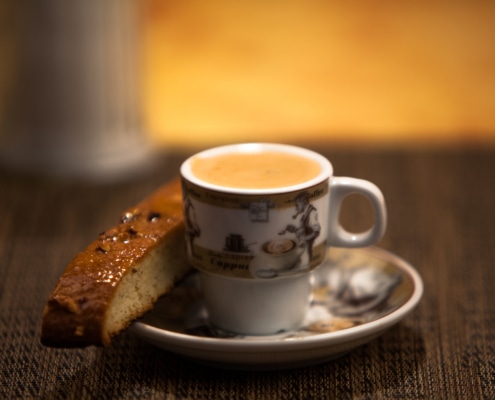 https://www.siamhillscoffee.com/wp-content/uploads/What-is-a-Cafe-Cubano-–-A-Complete-Guide-–-1.jpg
1414
2121
Siamhillscoffee
https://www.siamhillscoffee.com/wp-content/uploads/coffee-logo.png
Siamhillscoffee2021-02-20 04:57:432021-03-03 10:54:47What is a Cafe Cubano – A Complete Guide –
https://www.siamhillscoffee.com/wp-content/uploads/What-is-a-Cafe-Cubano-–-A-Complete-Guide-–-1.jpg
1414
2121
Siamhillscoffee
https://www.siamhillscoffee.com/wp-content/uploads/coffee-logo.png
Siamhillscoffee2021-02-20 04:57:432021-03-03 10:54:47What is a Cafe Cubano – A Complete Guide – https://www.siamhillscoffee.com/wp-content/uploads/Make-Your-Coffee-Healthy-–-Best-10-Ways-For-A-Better-Coffee-Experience-–-1.jpg
1414
2121
Siamhillscoffee
https://www.siamhillscoffee.com/wp-content/uploads/coffee-logo.png
Siamhillscoffee2021-02-12 08:13:182021-03-03 10:57:16Make Your Coffee Healthy – Best 10 Ways For A Better Coffee Experience –
https://www.siamhillscoffee.com/wp-content/uploads/Make-Your-Coffee-Healthy-–-Best-10-Ways-For-A-Better-Coffee-Experience-–-1.jpg
1414
2121
Siamhillscoffee
https://www.siamhillscoffee.com/wp-content/uploads/coffee-logo.png
Siamhillscoffee2021-02-12 08:13:182021-03-03 10:57:16Make Your Coffee Healthy – Best 10 Ways For A Better Coffee Experience –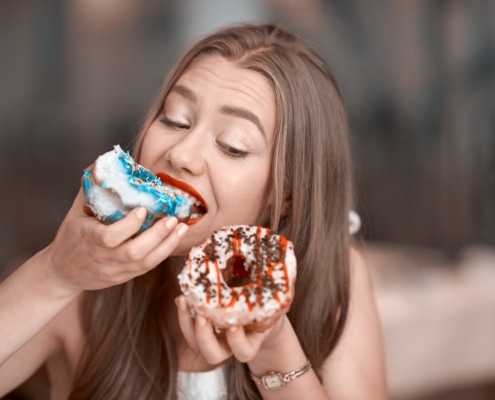 https://www.siamhillscoffee.com/wp-content/uploads/10-Best-Ways-to-Eat-Less-Sugar-–-How-to-Cut-Down-on-Sugar-–-1-scaled.jpg
1709
2560
Siamhillscoffee
https://www.siamhillscoffee.com/wp-content/uploads/coffee-logo.png
Siamhillscoffee2021-02-12 08:07:142021-03-03 10:58:4810 Best Ways to Eat Less Sugar – How to Cut Down on Sugar –
https://www.siamhillscoffee.com/wp-content/uploads/10-Best-Ways-to-Eat-Less-Sugar-–-How-to-Cut-Down-on-Sugar-–-1-scaled.jpg
1709
2560
Siamhillscoffee
https://www.siamhillscoffee.com/wp-content/uploads/coffee-logo.png
Siamhillscoffee2021-02-12 08:07:142021-03-03 10:58:4810 Best Ways to Eat Less Sugar – How to Cut Down on Sugar –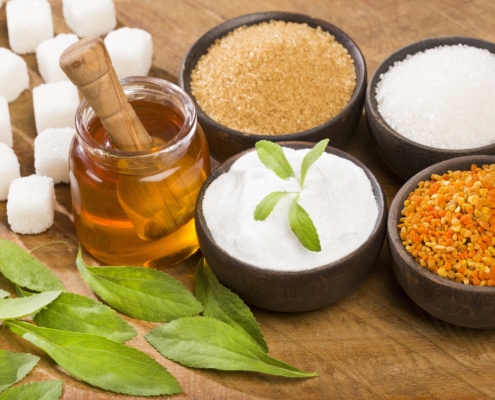 https://www.siamhillscoffee.com/wp-content/uploads/10-Best-Natural-Sugar-Substitutes-–-Your-Healthier-Sugar-Alternatives-to-Try-–-1-scaled.jpg
1707
2560
Siamhillscoffee
https://www.siamhillscoffee.com/wp-content/uploads/coffee-logo.png
Siamhillscoffee2021-02-12 07:32:372021-03-03 11:08:1810 Best Natural Sugar Substitutes – Your Healthier Sugar Alternatives to Try –
https://www.siamhillscoffee.com/wp-content/uploads/10-Best-Natural-Sugar-Substitutes-–-Your-Healthier-Sugar-Alternatives-to-Try-–-1-scaled.jpg
1707
2560
Siamhillscoffee
https://www.siamhillscoffee.com/wp-content/uploads/coffee-logo.png
Siamhillscoffee2021-02-12 07:32:372021-03-03 11:08:1810 Best Natural Sugar Substitutes – Your Healthier Sugar Alternatives to Try – https://www.siamhillscoffee.com/wp-content/uploads/20-Best-Ground-Coffee-Recipes-9.jpg
896
640
Siamhillscoffee
https://www.siamhillscoffee.com/wp-content/uploads/coffee-logo.png
Siamhillscoffee2021-02-12 07:10:502021-03-03 11:14:2220 Best Ground Coffee Recipes – Make Delicious Food With Coffee –
https://www.siamhillscoffee.com/wp-content/uploads/20-Best-Ground-Coffee-Recipes-9.jpg
896
640
Siamhillscoffee
https://www.siamhillscoffee.com/wp-content/uploads/coffee-logo.png
Siamhillscoffee2021-02-12 07:10:502021-03-03 11:14:2220 Best Ground Coffee Recipes – Make Delicious Food With Coffee –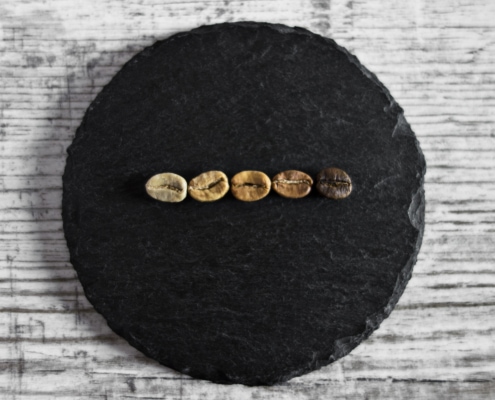 https://www.siamhillscoffee.com/wp-content/uploads/Coffee-Roast-Levels-1-scaled.jpg
1707
2560
Siamhillscoffee
https://www.siamhillscoffee.com/wp-content/uploads/coffee-logo.png
Siamhillscoffee2021-02-12 06:58:112021-03-03 11:44:54Coffee Roast Levels – The Differences Between Light, Medium and Dark Roasts –
https://www.siamhillscoffee.com/wp-content/uploads/Coffee-Roast-Levels-1-scaled.jpg
1707
2560
Siamhillscoffee
https://www.siamhillscoffee.com/wp-content/uploads/coffee-logo.png
Siamhillscoffee2021-02-12 06:58:112021-03-03 11:44:54Coffee Roast Levels – The Differences Between Light, Medium and Dark Roasts –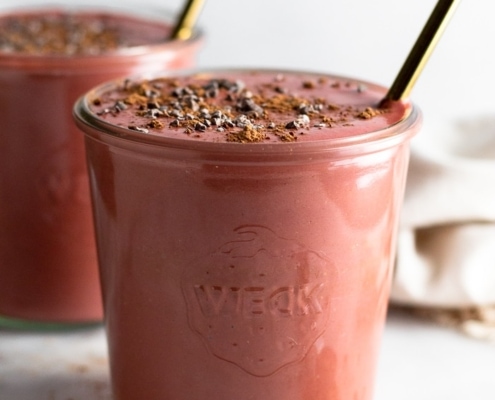 https://www.siamhillscoffee.com/wp-content/uploads/15-Great-Coffee-Breakfast-Smoothies-–-Simply-Delicious-Ways-to-Boost-Your-Morning-–14.jpg
1050
700
Siamhillscoffee
https://www.siamhillscoffee.com/wp-content/uploads/coffee-logo.png
Siamhillscoffee2021-02-12 06:52:492021-03-03 11:46:4615 Great Coffee Breakfast Smoothies – Delicious Ways to Boost Your Morning –
https://www.siamhillscoffee.com/wp-content/uploads/15-Great-Coffee-Breakfast-Smoothies-–-Simply-Delicious-Ways-to-Boost-Your-Morning-–14.jpg
1050
700
Siamhillscoffee
https://www.siamhillscoffee.com/wp-content/uploads/coffee-logo.png
Siamhillscoffee2021-02-12 06:52:492021-03-03 11:46:4615 Great Coffee Breakfast Smoothies – Delicious Ways to Boost Your Morning –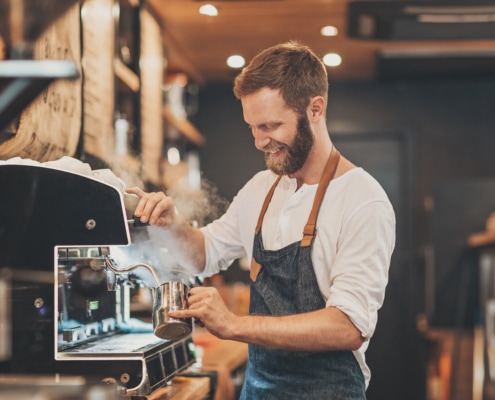 https://www.siamhillscoffee.com/wp-content/uploads/What-is-a-Barista-–-How-to-Professionally-Make-Coffee-–-1-scaled.jpg
1707
2560
Siamhillscoffee
https://www.siamhillscoffee.com/wp-content/uploads/coffee-logo.png
Siamhillscoffee2021-02-12 05:15:182021-03-03 12:02:08What is a Barista? – How to Professionally Make Coffee –
https://www.siamhillscoffee.com/wp-content/uploads/What-is-a-Barista-–-How-to-Professionally-Make-Coffee-–-1-scaled.jpg
1707
2560
Siamhillscoffee
https://www.siamhillscoffee.com/wp-content/uploads/coffee-logo.png
Siamhillscoffee2021-02-12 05:15:182021-03-03 12:02:08What is a Barista? – How to Professionally Make Coffee –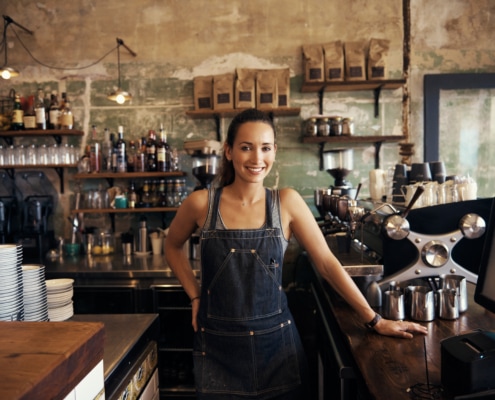 https://www.siamhillscoffee.com/wp-content/uploads/How-To-Open-A-Coffee-Shop-The-10-Most-Important-Steps-1-scaled.jpg
1708
2560
Siamhillscoffee
https://www.siamhillscoffee.com/wp-content/uploads/coffee-logo.png
Siamhillscoffee2021-02-12 04:37:232021-03-03 12:10:33How To Open A Coffee Shop – The 10 Most Important Steps
https://www.siamhillscoffee.com/wp-content/uploads/How-To-Open-A-Coffee-Shop-The-10-Most-Important-Steps-1-scaled.jpg
1708
2560
Siamhillscoffee
https://www.siamhillscoffee.com/wp-content/uploads/coffee-logo.png
Siamhillscoffee2021-02-12 04:37:232021-03-03 12:10:33How To Open A Coffee Shop – The 10 Most Important Steps https://www.siamhillscoffee.com/wp-content/uploads/How-To-Sell-Coffee-Online-–-Open-Your-Own-Online-Coffee-Shop-1-scaled.jpg
1697
2560
Siamhillscoffee
https://www.siamhillscoffee.com/wp-content/uploads/coffee-logo.png
Siamhillscoffee2021-02-12 04:32:292021-03-03 12:12:06How To Sell Coffee Online – Open Your Own Online Coffee Shop
https://www.siamhillscoffee.com/wp-content/uploads/How-To-Sell-Coffee-Online-–-Open-Your-Own-Online-Coffee-Shop-1-scaled.jpg
1697
2560
Siamhillscoffee
https://www.siamhillscoffee.com/wp-content/uploads/coffee-logo.png
Siamhillscoffee2021-02-12 04:32:292021-03-03 12:12:06How To Sell Coffee Online – Open Your Own Online Coffee Shop https://www.siamhillscoffee.com/wp-content/uploads/Make-Your-Coffee-Better-–-6-Fun-Ways-to-Boost-Your-Coffee-–-1-scaled.jpg
1709
2560
Siamhillscoffee
https://www.siamhillscoffee.com/wp-content/uploads/coffee-logo.png
Siamhillscoffee2021-02-12 03:45:112021-03-03 12:29:07Make Your Coffee Better – 6 Fun Ways to Boost Your Coffee –
https://www.siamhillscoffee.com/wp-content/uploads/Make-Your-Coffee-Better-–-6-Fun-Ways-to-Boost-Your-Coffee-–-1-scaled.jpg
1709
2560
Siamhillscoffee
https://www.siamhillscoffee.com/wp-content/uploads/coffee-logo.png
Siamhillscoffee2021-02-12 03:45:112021-03-03 12:29:07Make Your Coffee Better – 6 Fun Ways to Boost Your Coffee –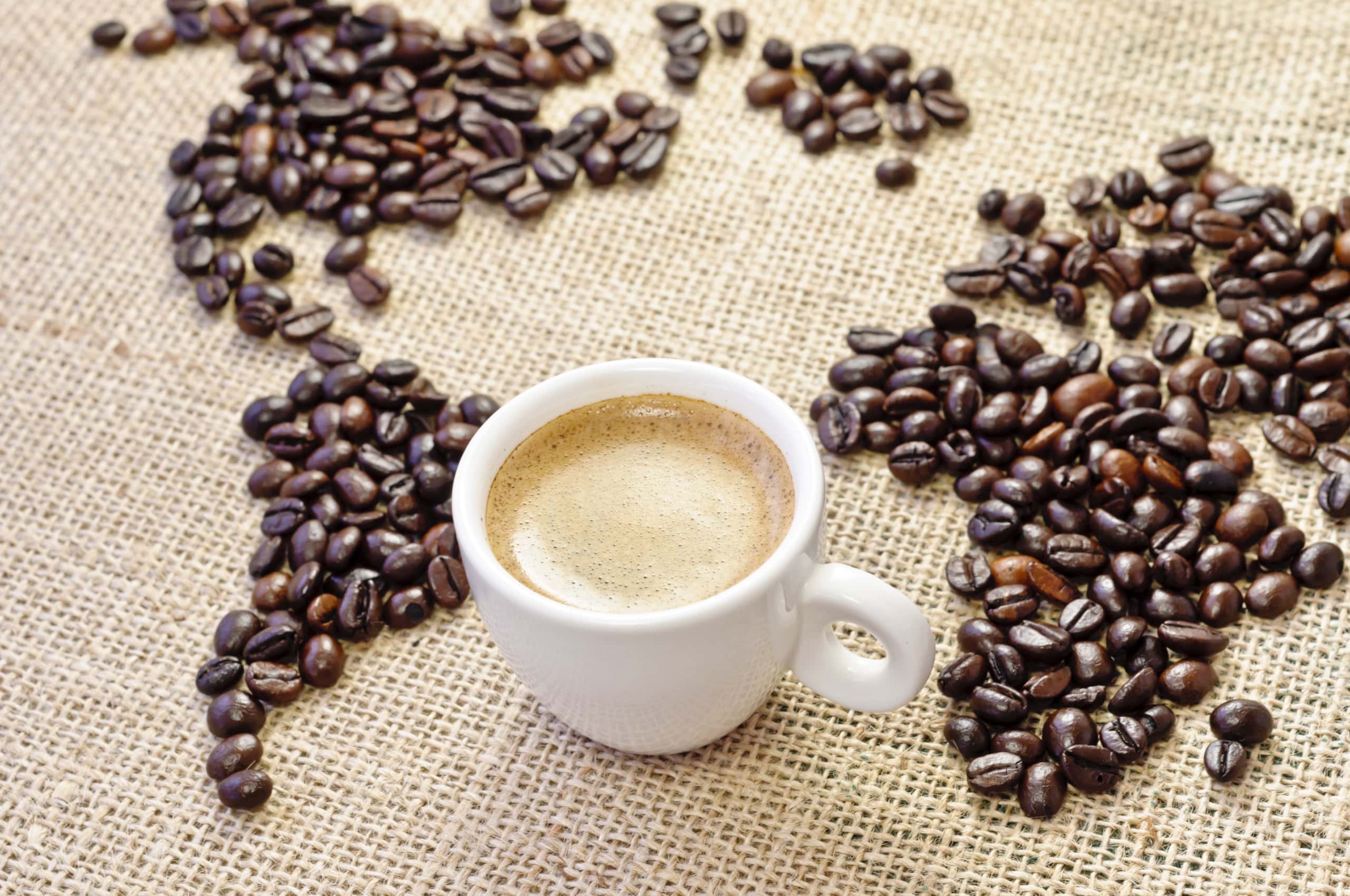 https://www.siamhillscoffee.com/wp-content/uploads/A-Coffee-Journey-–-10-Steps-From-the-Seed-to-Your-Cup-–-1-scaled.jpg
1700
2560
Siamhillscoffee
https://www.siamhillscoffee.com/wp-content/uploads/coffee-logo.png
Siamhillscoffee2021-02-12 02:31:102021-02-20 14:09:30A Coffee Journey – 10 Steps From the Seed to Your Cup –
https://www.siamhillscoffee.com/wp-content/uploads/A-Coffee-Journey-–-10-Steps-From-the-Seed-to-Your-Cup-–-1-scaled.jpg
1700
2560
Siamhillscoffee
https://www.siamhillscoffee.com/wp-content/uploads/coffee-logo.png
Siamhillscoffee2021-02-12 02:31:102021-02-20 14:09:30A Coffee Journey – 10 Steps From the Seed to Your Cup –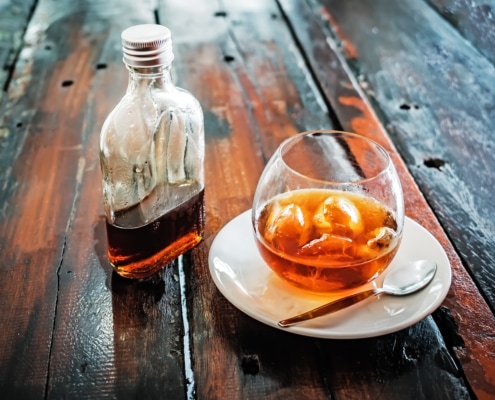 https://www.siamhillscoffee.com/wp-content/uploads/Cold_Brew_Coffee_An_Honest_Opinion_All_You_Need_To_Know_1.jpg
3144
4608
Siamhillscoffee
https://www.siamhillscoffee.com/wp-content/uploads/coffee-logo.png
Siamhillscoffee2019-11-06 05:01:152021-03-03 13:30:17Cold Brew Coffee – An Honest Opinion – All You Need to Know
https://www.siamhillscoffee.com/wp-content/uploads/Cold_Brew_Coffee_An_Honest_Opinion_All_You_Need_To_Know_1.jpg
3144
4608
Siamhillscoffee
https://www.siamhillscoffee.com/wp-content/uploads/coffee-logo.png
Siamhillscoffee2019-11-06 05:01:152021-03-03 13:30:17Cold Brew Coffee – An Honest Opinion – All You Need to Know
